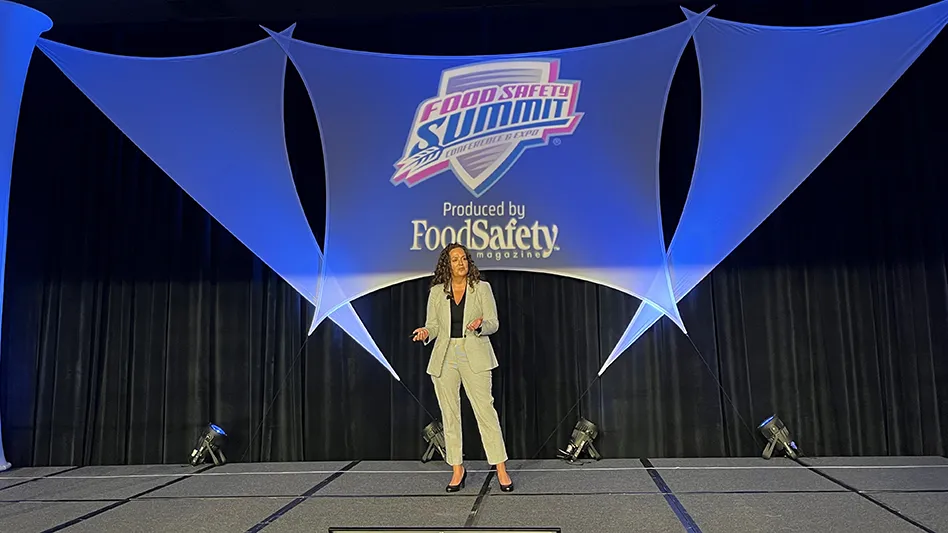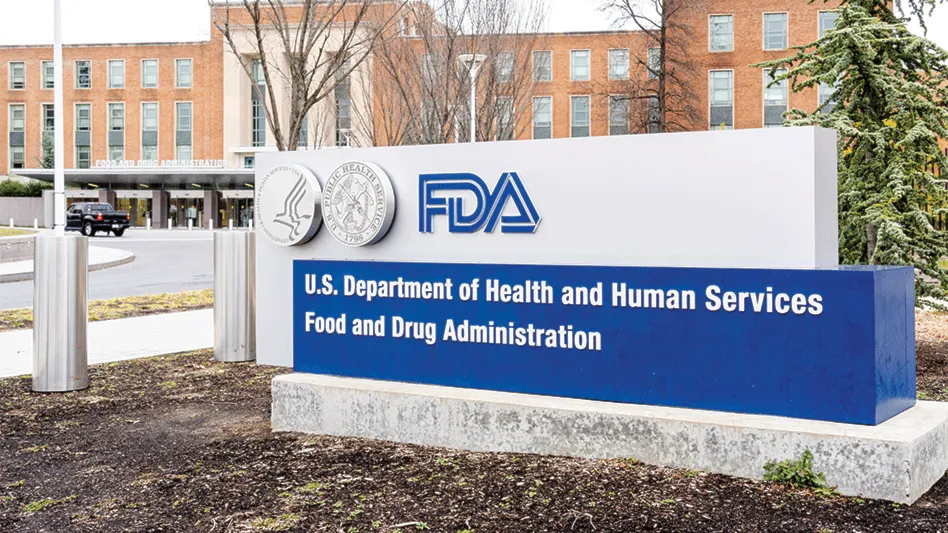
The Agricultural Research Service of the US Department of Agriculture (USDA) in collaboration with other government agencies has developed a program to track changes in the sodium content of commercially processed and restaurant foods.
Most of the sodium in the U.S. diet comes from commercially processed and restaurant foods. Reducing sodium in these foods is key to lowering the amount of sodium in the US diet, which is important because most Americans get more sodium from foods and beverages than the amount recommended for a healthy diet, and too much sodium can increase blood pressure and the risk of heart disease and stroke. Thus, the sodium levels in these foods need to be monitored to track current public health efforts and to plan new strategies to lower the amount of sodium that Americans get from food.
This monitoring program includes:
- Tracking sodium levels of ~125 popular foods, called “Sentinel Foods,” by periodically sampling them at stores and restaurants around the country, followed by laboratory analyses
- Tracking sodium levels of about 1,100 other commercially processed and restaurant foods, called “Priority-2 Foods,” every two years using information from manufacturers and restaurants
- Tracking levels of “related” nutrients that could change when manufacturers reformulate their foods to reduce sodium; these related nutrients are potassium, total and saturated fat, total dietary fiber, and total sugar
- Sharing the results of these monitoring activities to the public once a year in the Sodium Monitoring Dataset and USDA National Nutrient Database for Standard Reference and once every two years in the Food and Nutrient Database for Dietary Studies.
Latest from Quality Assurance & Food Safety
- FDA Issues Update on Post-Market Assessment of Tara Flour
- ASI Announces Training Partnership with Rootwurks
- Nfinite Nanotech Closes $6.5 Million Seed Financing to Create Flexible Food Packaging with Nanotechnology
- University of Pretoria Food Science Student Wins IFT and PepsiCo’s Academic and Travel Undergraduate Hybrid Scholarship
- Kraft Natural Cheese and Shawn Johnson East Celebrate Launch of Kraft Signature Shreds
- Natural Sourcing International Announces Voluntary Recall of Black Chia Seeds
- PTNPA's DC Fly-In Connects Members with Policymakers
- Breck Partners Acquires NPX One





